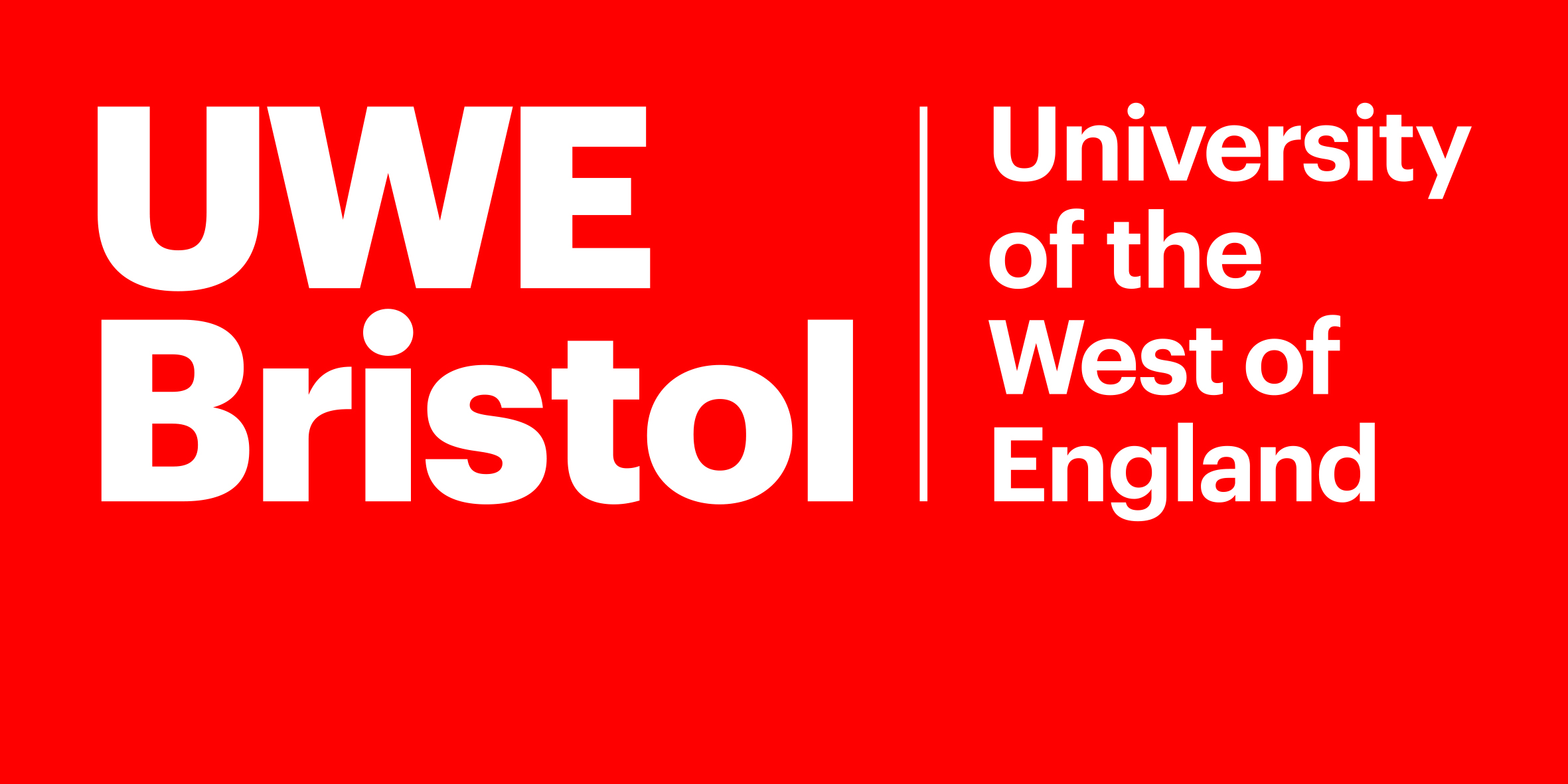Rosemary Horry
Implementing environmental management systems in the architecture, engineering, and construction sectors of the UK
Horry, Rosemary
Authors
Abstract
Environmental management systems (EMS) are a modern-day management tool available for various industries and sectors to adopt as part of their organisational strategies. They are designed to help an organisation guide and direct their environmental performance targets and, more recently, their sustainability targets too. Despite a worldwide increase in their uptake (particularly ISO14001), understanding the rationale and motivations why an organisation does or does not implement an EMS remains a complex topic. Based on a portfolio of peer-reviewed articles (n=12), which have a focus on the architecture, engineering, and construction (AEC) sectors, the aim of this doctorate study is to two-fold: to identify and examine the benefits and barriers to the implementation of EMS (particularly ISO 14001) in the AEC sectors and to use these to create a roadmap that can indicate pathways for AEC organisations to support the delivery of the United Nation’s Sustainable Development Goals (SDGs). Utilising a pragmatism stance, a mixed-methods approach of literature reviews, questionnaire surveys and interviews with environmental professionals based in the AEC sectors has been used to collect quantitative and qualitative data from national and international settings. Many of the case study findings presented herein support and align with those of previous studies. The need, however, for an EMS to enable engagement with governments or for other tendering processes has come to the fore as a leading benefit, and the absence of an EMS is a substantial hurdle to successful trading. Importantly, many organisations are now working towards sustainability objectives but are not always seeing the opportunity to use their EMS as a tool for monitoring their targets. This may be because, traditionally, an EMS was mostly treated as a tool for waste management and legal compliance. However, it has also become clear that many of the organisations do not include client construction projects in their EMS, so while they may have a system, it is often limited to their offices and transport rather than the design and construction of buildings, which are the revenue generators of their operations. Further, whilst there is worldwide interest in the adoption of sustainable practices within the AEC sectors, it is proposed herein that a need exists for an amalgamated approach that is relevant for the sectors and all organisations working within them. Therefore, a roadmap has been created as part of the work that can enable AEC organisations to use the EMS to accord with the SDGs. In summary, the work has highlighted that some organisations have moved-on from using an EMS solely to support their environmental management ambitions and are now working towards sustainability-focused aspirations too. However, not all of them are monitoring these targets. Therefore, it is proposed that future research should ascertain why all organisations are not yet using ISO 14001 to deliver both their environmental and sustainability objectives.
| Thesis Type | Thesis |
|---|---|
| Deposit Date | Dec 1, 2023 |
| Publicly Available Date | Apr 26, 2024 |
| Public URL | https://uwe-repository.worktribe.com/output/11470624 |
| Award Date | Apr 26, 2024 |
Files
Appendix 2
(5.3 Mb)
PDF
Licence
http://www.rioxx.net/licenses/all-rights-reserved
Copyright Statement
This is a preprint of the following chapter: Shutler, R., Horry, R., Booth, C., Saving Nemo and friends from the potential impacts of cumulative permitted building developments on the beaches of Jersey, published in Sustainable Ecological Engineering Design, edited by Gorse, C., et al., 2025, Springer, Cham. It is the version of the author’s manuscript prior to acceptance for publication and has not undergone editorial and/or peer review on behalf of the Publisher (where applicable). The final authenticated version is available online at: https://doi.org/10.1007/978-3-031-73947-7_3
This is a preprint of the following chapter: Mundy, P., Henderson, E., Horry, R., Booth, C., Building certification schemes: Are they driving or derailing sustainable development in the construction sector?, published in Sustainable Ecological Engineering Design, edited by Gorse, C., et al., 2025, Springer, Cham. It is the version of the author’s manuscript prior to acceptance for publication and has not undergone editorial and/or peer review on behalf of the Publisher (where applicable). The final authenticated version is available online at: https://doi.org/10.1007/978-3-031-73947-7_4
This is a preprint of the following chapter: Baranova, P., Horry, R., Booth, C., To infinity and beyond the environmental impact minimisation paradigm, published in Sustainable Ecological Engineering Design, edited by Gorse, C., et al., 2025, Springer, Cham. It is the version of the author’s manuscript prior to acceptance for publication and has not undergone editorial and/or peer review on behalf of the Publisher (where applicable). The final authenticated version is available online at: https://doi.org/10.1007/978-3-031-73947-7_1
Appendix 1
(2 Mb)
PDF
Implementing environmental management systems in the architecture, engineering, and construction sectors of the UK
(7 Mb)
PDF
You might also like
A phenomenological inquiry of building and living in European Earthship homes
(2023)
Journal Article
Downloadable Citations
About UWE Bristol Research Repository
Administrator e-mail: repository@uwe.ac.uk
This application uses the following open-source libraries:
SheetJS Community Edition
Apache License Version 2.0 (http://www.apache.org/licenses/)
PDF.js
Apache License Version 2.0 (http://www.apache.org/licenses/)
Font Awesome
SIL OFL 1.1 (http://scripts.sil.org/OFL)
MIT License (http://opensource.org/licenses/mit-license.html)
CC BY 3.0 ( http://creativecommons.org/licenses/by/3.0/)
Powered by Worktribe © 2025
Advanced Search
